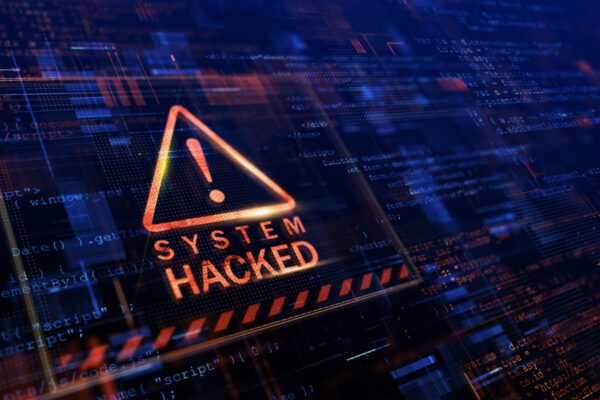In an era of growing technological adoption within the construction sector, the potential for cyberattacks is on the upswing. Nordlocker, an encryption software firm, revealed that the construction industry witnessed the highest count of ransomware attacks from January 2022 to January 2023. Vulnerabilities stem from outdated systems and insufficient cybersecurity measures in place, putting the industry at risk.
Even with robust prevention systems in place, businesses are susceptible to these malicious cyber events. One particular area of concern is ransomware. This newsletter provides additional information regarding ransomware attacks and how they impact the construction industry.
What Is Ransomware?
Ransomware is a type of malware that infiltrates a computer system through phishing emails, compromised credentials, malicious URLs, removable devices or other vulnerabilities. Once on a victim’s device or network, this malicious software encrypts data and threatens to block access to it or publicly release it unless a ransom is paid to the cybercriminal. Often, this demand has a deadline; if the deadline is not met, the data is destroyed or published, or the ransom demand increases.
Ransomware Targets
Numerous types of ransomware threats could impact the construction industry, including:
- Cloud vulnerabilities—Cloud software and application can be susceptible to targeted cyberattacks. Individual devices or cloud accounts could be infiltrated through known weaknesses.
- Targeted software supply chains and managed service providers—Cybercriminals may target software supply chains and managed service providers to gain access to several organizations in one attack.
- Interrupted industrial processes—The FBI has reported ransomware groups have written malicious code to stop critical industrial and infrastructure processes.
- Specifically timed attacks—Cybercriminals may look to carry out ransomware attacks on weekends, holidays or other times when fewer IT personnel are available or working to stop it.
Ransomware Prevention
Being proactive and implementing extensive cybersecurity and risk management practices can help mitigate the risk of becoming a victim of a ransomware attack. Strategies to consider include installing updates and patches, providing comprehensive employee training, cautiously opening email attachments and using preventive software. Making sure to back up important data on separate devices can also help lessen a ransomware attack’s impact.
Cyber insurance, in this context, emerges as a potential safeguard against the financial fallout of ransomware attacks. In a world where cyber threats are becoming increasingly sophisticated, having comprehensive insurance coverage tailored to the construction industry’s unique needs can provide a safety net. Cyber insurance can offer financial assistance in the aftermath of an attack, covering expenses related to data recovery, system restoration, legal costs, and even potential losses due to business interruption. It can significantly ease the financial burden that such attacks can impose on construction businesses, allowing them to focus on recovery and restoration efforts without being overwhelmed by unforeseen expenses.
Conclusion
The construction sector faces a daunting and well-structured menace from cybercriminals. With ever-changing tactics, staying aware of the latest ransomware methods is crucial for construction firms. For tailored guidance to this industry, reach out to us without delay.
Material posted on this website is for informational purposes only and does not constitute a legal opinion or medical advice. Contact your legal representative or medical professional for information specific to your legal or medical needs.



